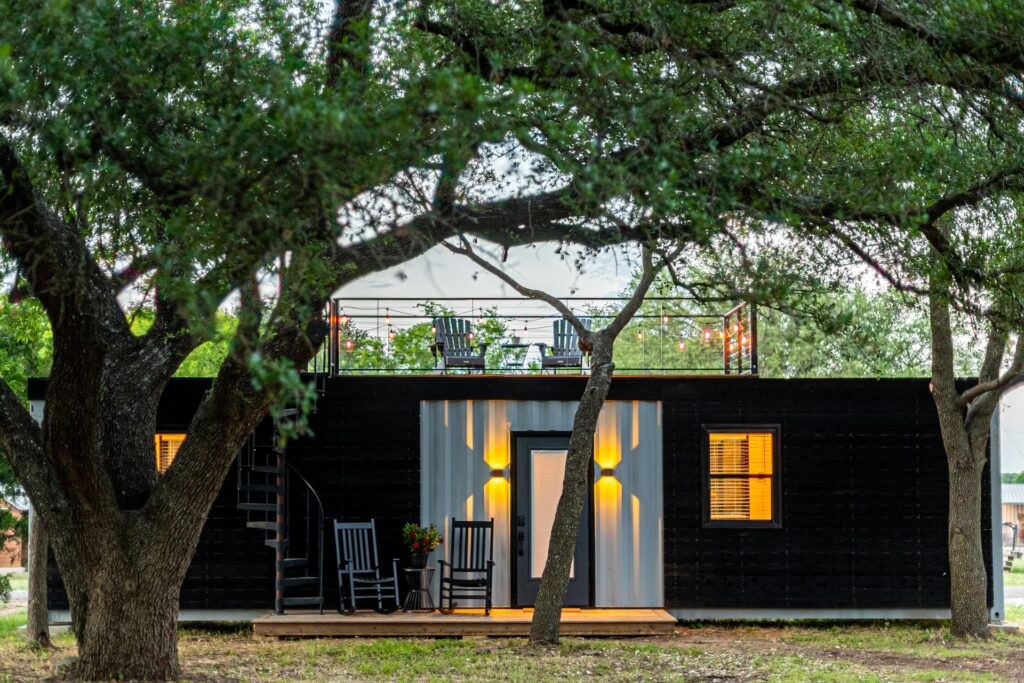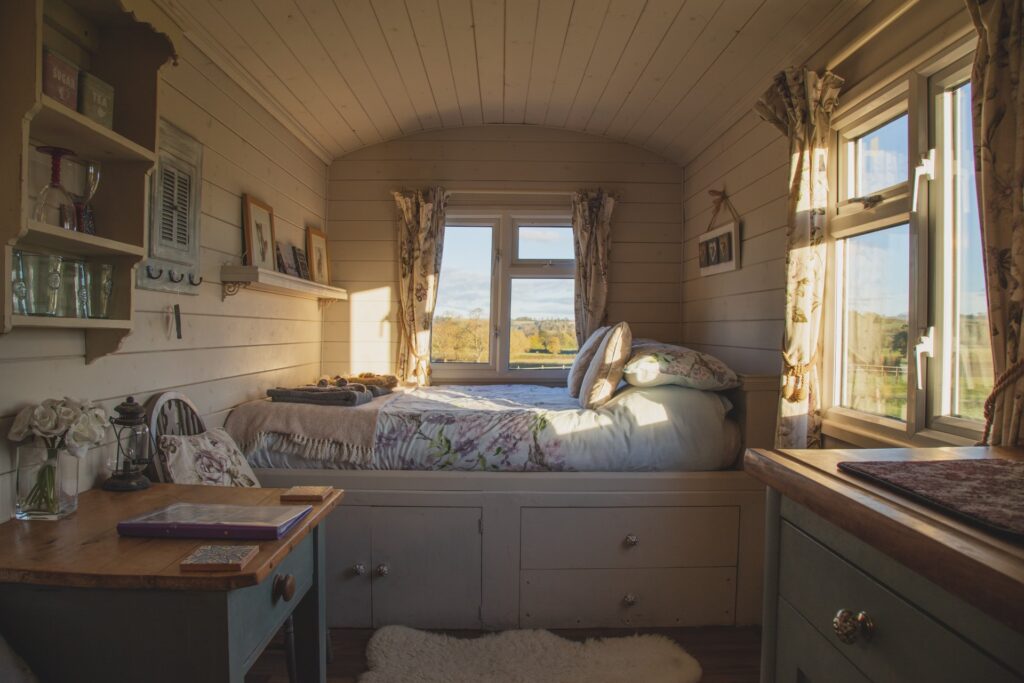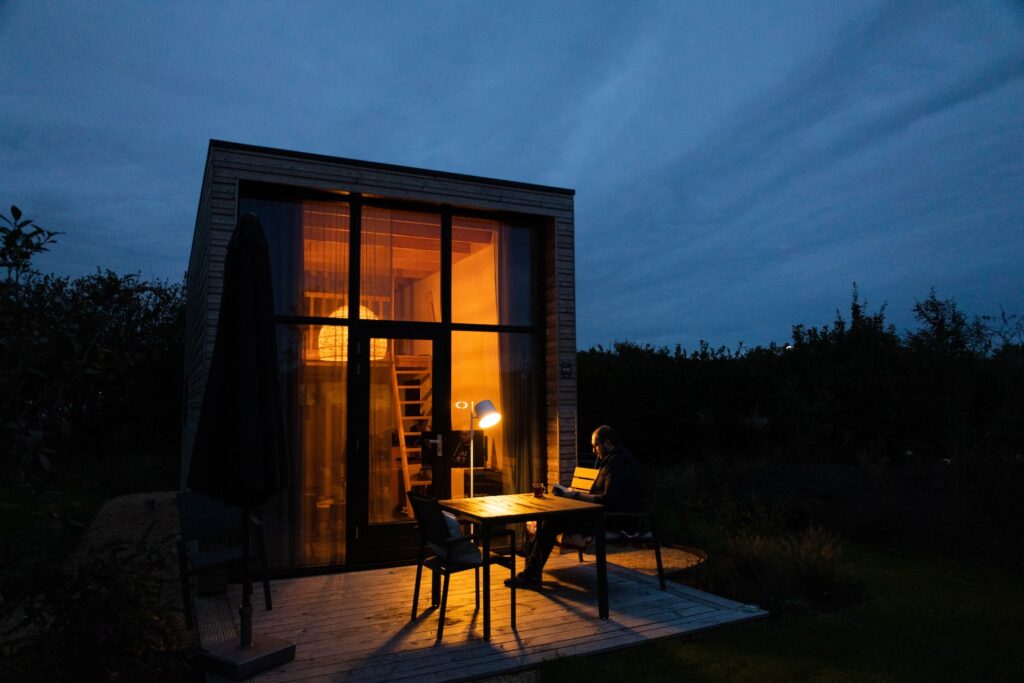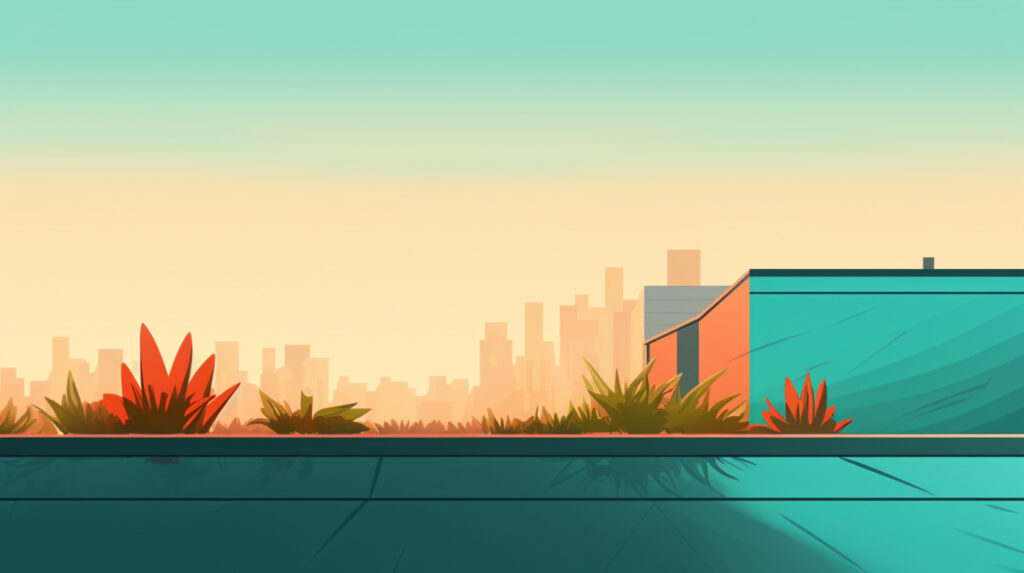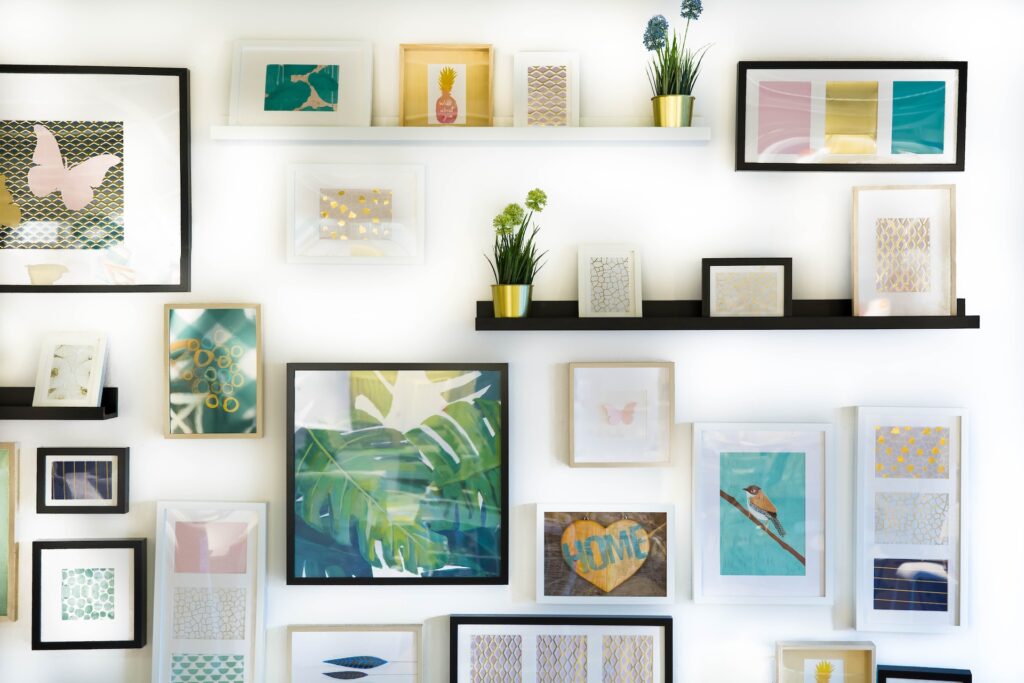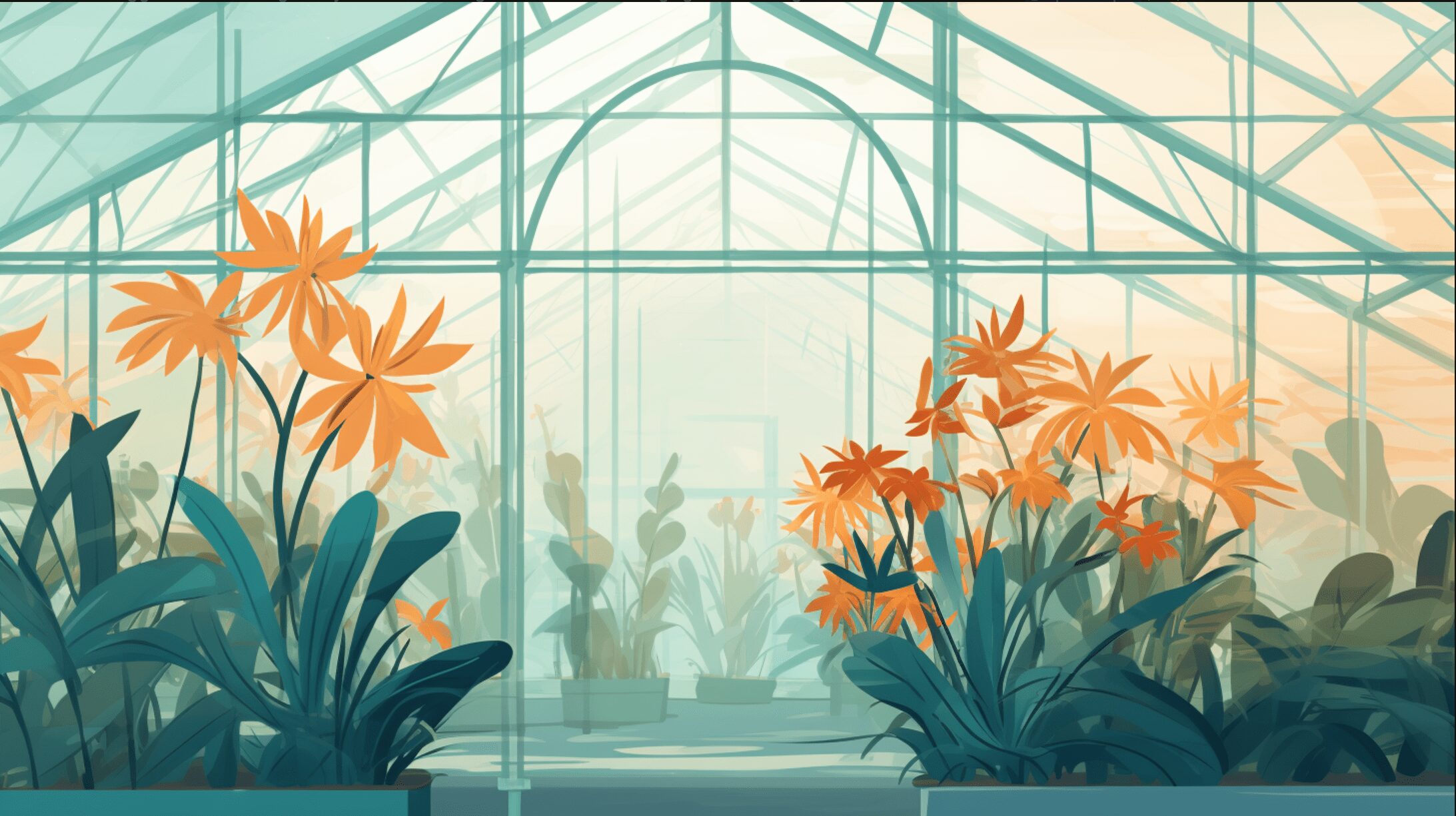
We are reader-supported. When you buy through links on our site, we may earn an affiliate commission.
A garden is a creative space full of rich and colorful flowers and produce. When you do it right, they’ll teem with life, from pollinators to birds to small critters. However, while an open-air garden certainly beautifies your yard, you can’t deny the benefits of a greenhouse.
Greenhouses provide a safe and stable growing environment for plants throughout every season, whether it’s a large-scale greenhouse with ample rows or a small greenhouse for leisurely gardening. Of course, they aren’t without some issues. Let’s look at why you may want to have a greenhouse and their challenges.
7 Benefits of a Greenhouse
Has the end of summer ever left you feeling sad? For many gardeners, the crisp, cool fall marks a months-long end to the growing season. What if you didn’t have to say goodbye to your garden for the winter? Here are seven benefits of a greenhouse.
1. Longer Growing Season
One of the more apparent advantages of indoor gardening is the extended growing season. You can enjoy fresh produce for much longer with a greenhouse — potentially all year round with a heated structure. However, an unheated greenhouse could still provide a four-to-eight-week longer growing season with ample yields.
Of course, adding heat to your greenhouse is costly. Unless you hope to grow plants in every season, use alternative ways to keep your conservatory warmer.
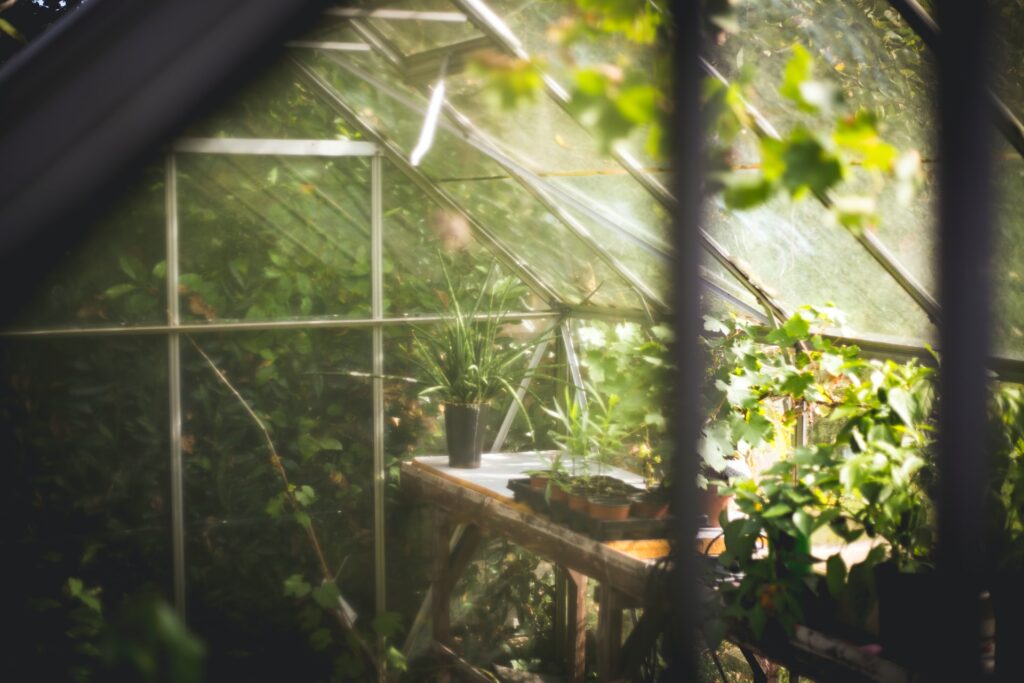
2. Improved Pest Protection
Spider mites, aphids, mealybugs and thrips are the bane of most gardeners’ existence. These little pests can become big problems for healthy plants right before your eyes. While greenhouses won’t offer complete pest and disease protection, gardeners can keep bugs out using the proper measures.
For example, you should remove your shoes before entering your greenhouse while working in your outdoor garden. Using different gardening tools is another way to keep your greenhouse garden safe.
Starting a compost bin will also aid pest management and produce healthier plants with organic materials. Keep in mind, it takes six to nine months for food and natural debris to break down into nutrient-rich soil.
3. Uses Less Space
If you have little room in your backyard for a garden, outdoor dining area or other recreational purposes, a greenhouse will keep your plants contained in one place.
Greenhouses can be as large or small as you want — for example, a small greenhouse strictly for fresh herbs. There are plenty of ways to organize your greenhouse to make your plants fit, too. Install rods to hang potted plants or build raised beds with storage underneath.
Designing different layouts will also help you save space for your plants and to move around safely.
4. Controlled Growing Environment
Gardeners can keep an eye on the weather forecast but can’t predict the perfect growing conditions outdoors. A greenhouse provides a controlled growing environment for plants — meaning you’re the one in charge.
If your plants need more natural sunlight, less or more water, warmer soil or other technical growing factors, you can provide it. Likewise, a garden under controlled conditions means you can experiment with exotic fruits, vegetables or flora.
Maybe you’ve thought of attempting to grow a tropical plant or fruit while living in the north. With a greenhouse, you can achieve it.
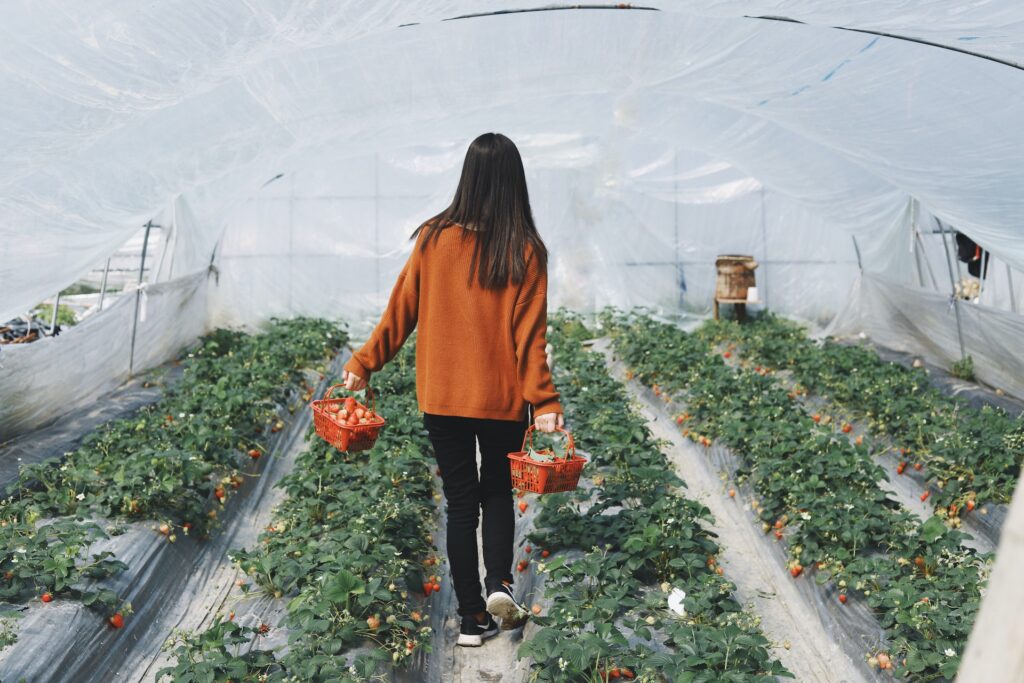
5. Greater Yields
Believe it or not, you can grow a lot of produce in a small space. For instance, the Netherlands grows 24,000 acres of crops in greenhouses, producing twice as much food with half of the essential resources. This equates to one acre of greenhouses delivering the same yields as 10 open-agricultural areas.
You might be surprised by how much you can fit in your greenhouse. Some could be lucky enough to harvest enough food to feed themselves and their families. As a result, you could see significant savings on your grocery bills.
6. Conserves Water
Water conservation is another benefit of a greenhouse garden, especially considering water evaporates slower inside than outside. Crops are also usually closer together, helping reduce irrigation.
A drip irrigation system can further limit over-watering your plants and give you greater control over water usage.
Although there are limited studies regarding how much water plants need, you should provide 0.3 to 0.4 gallons per square foot to the growing area daily. This means a 10×12-foot greenhouse will only require a couple of gallons of water, depending on how many square feet your growing benches are.
7. Becomes Personal Sanctuary
Imagine pulling away from work stress, home responsibilities and other daily chaos for quiet time in your greenhouse. Gardening is one of the most relaxing and enjoyable pastimes, and owning a greenhouse could become your personal, year-round sanctuary.
Likewise, natural settings are always good for your mental health. Studies show spending at least 120 minutes in nature weekly greatly improves anxiety and depression and your overall well-being. During the wintertime, retreating to your indoor garden can significantly boost your mood.
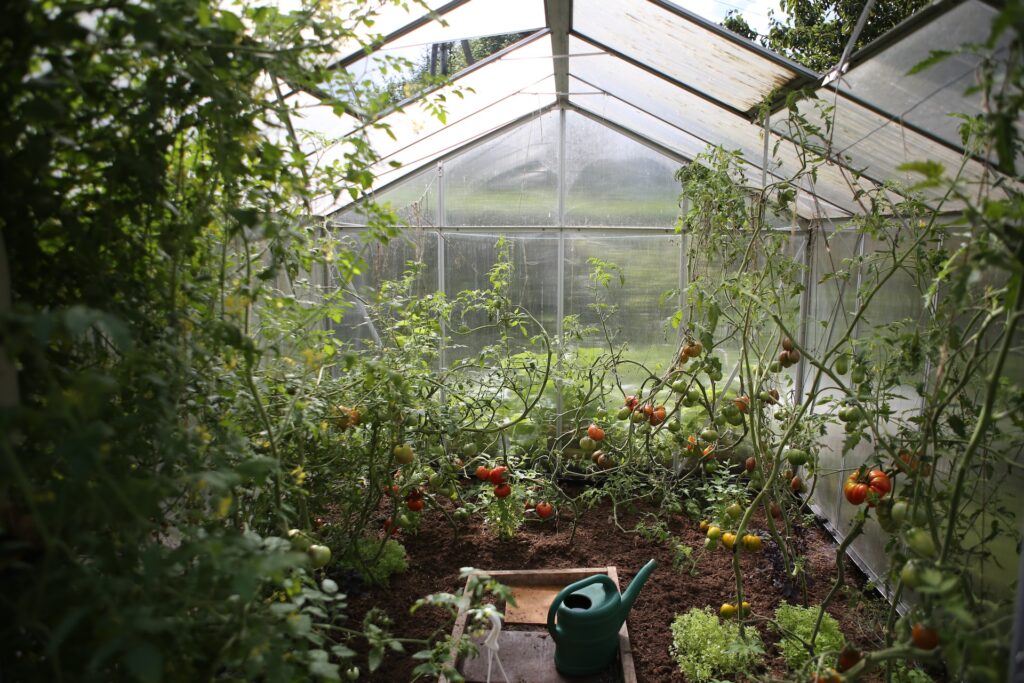
The Challenges of Owning a Greenhouse
While the benefits of a greenhouse are appealing to avid gardeners, there are several challenges one should be aware of. For instance, while greenhouses can safeguard plants from pests, the warm, humid environment does plenty to attract bugs, fungi and bacterial diseases.
Aphids, gnats and whiteflies are common problems for greenhouse growers. As such, it’s crucial to have pest management strategies in place to maintain a bug-free indoor garden. Likewise, practicing superior sanitation, ensuring ventilation, choosing appropriate pest and disease-resistant plants, and companion planting is crucial.
Operating a greenhouse also requires special gardening skills and technical know-how. It would help if you had a grasp on handling plants properly and understanding their needs. While beginners can certainly learn the ins and outs of greenhouse gardening, it may be a learning curve for some.
Other challenges — complex set-ups and maintenance, limited availability of space and the initial investment — hopefully won’t deter you from building a greenhouse for your gardening pleasure.
Build a Greenhouse for Optimal Growing Power
A greenhouse has the potential to optimize your growing power by enabling year-round gardening and greater yields. While it could take some trial and error to get it right, you’ll likely be satisfied with how well you do with an indoor garden.






